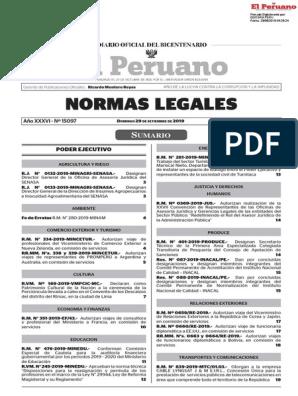Parallel imports in the fashion industry
Jorge Ortega Cruz, Associate of Martínez Báez Consultores
Add to your topics of interest
Manage your themes
Topics
Save
Remove
Add to your topics of interest Close
Manage your themes
Wednesday, October 6, 2021

Parallel imports are imports of original and legitimate products, which have been purchased abroad and subsequently imported without prior authorization by the owner of intellectual property rights, causing direct competition with the owner himself or with an authorized distributor in the country. target market. The foregoing refers to legitimate non-counterfeit merchandise that, by having different prices, attempts to introduce the same products purchased at a low cost and offer them cheaper than in the destination market, or at the same price but with higher profits.
In some countries, parallel imports, since they are purchases of legitimate products, are not prohibited, primarily if we refer to industrial property issues, however, in terms of competition, it is where we find the legal barriers in the different commercial areas, in in the European Union, an aspect that will be dealt with in this publication with greater emphasis, considering it, in my view, as the most developed or, at least, the most questioned before the courts, due to the very nature of the Union and its so active commercial flow.
Staying consistent is probably one of the hardest things to do. That's why I'm here. I'll show you how to gain what… https://t.co/1VCLKQDGZK
— Sonja Bowman :) Wed Oct 21 17:54:04 +0000 2020
In what assumptions are parallel imports mainly located in the fashion industry?
Usually, parallel imports occur when it comes to products with an inherent surplus value, such as luxury and high-end items; Another important aspect is that of merchandise distributed in less developed economies, in which in order to be able to position themselves in the market they had to lower prices. Likewise, it is very common to buy these products in markets such as the North American one, since buying a garment in Mexico, for example, implies a low production cost, derived from cheap raw materials and labor, in addition to its Final sales destination is the US market, which is highly competitive in sales prices, to later introduce them in the European Union market. However, this practice is prohibited in Union territories.
What is the lack of legitimacy in the introduction of products purchased outside the Community territory for commercial purposes?
To determine if the importation or resale of a product is in the case of parallel trade, it is when considering it under the theory of exhaustion of intellectual property rights, that is, said purchase or resale must meet certain requirements, having to carry out an effective putting the product up for sale, which consists of the fact that the last transaction in the market in which the final recipient is the consumer has been carried out within the community territory. Likewise, the transaction must have the authorization of the owner of the intellectual property rights or under a previously authorized third party. There is no doubt that the theory mentioned here advocates protectionism of the fashion industry, strongly positioned and therefore, with a high power of lobbying both internally and externally.
By registering you can personalize your content, manage your topics of interest, schedule your notifications and access the cover in the digital version.


